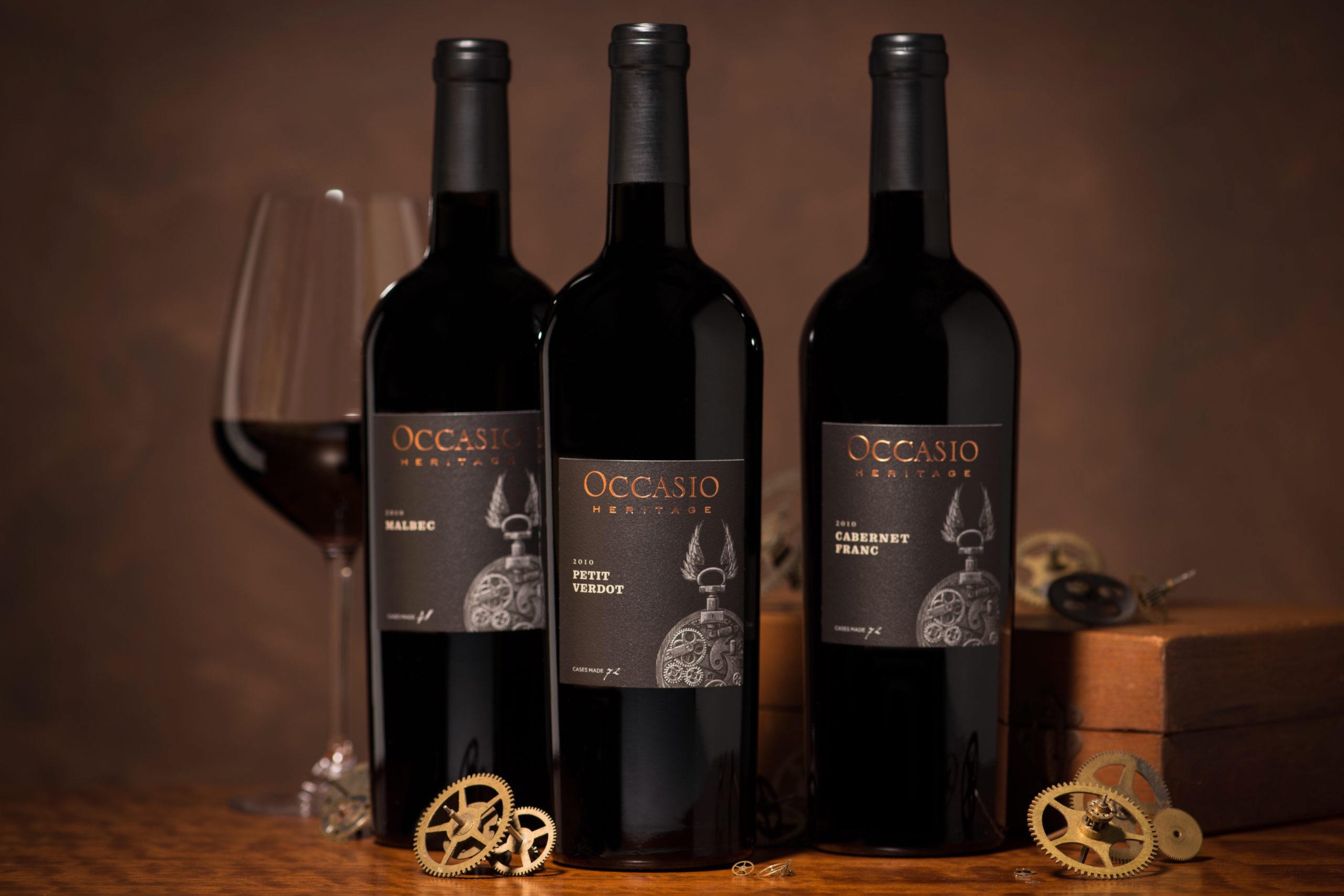A Signature Varietal – here we go again

Now that the Winegrowers’ Association has reinvented itself as the Livermore Valley Wine Community, an order of business has been to propose creating a ‘signature’ grape varietal for the Valley – a grape varietal that Livermore can become known for.
Livermore Valley has tried this in the past. Some of you may remember the efforts to make us the destination for Merlot – what a disaster that would have been. Merlot, by any other name, would smell sweeter.
Then there was the bandwagon for Petite Sirah – but this was short lived, as the demand for Petite was largely as a blending variety.
Several years ago, we proposed that Sauvignon Blanc could be a signature varietal. After all, for nearly a century Livermore Valley has been recognized as one of the finest climates in California for Sauvignon Blanc. Alas, there was little traction for this suggestion.
Today, the push is on for Cabernet Franc to be our Valley’s signature varietal. Cab Franc is a great varietal that does well here and is also trending in popularity – but, alas, so little grown that our current crop load can’t meet the demand of the community, let alone California.
The question comes down to whether Livermore Valley needs a signature varietal to boost its brand awareness. After all, one of our Valley’s selling points has always been its diverse climates, soils, and winemakers. Getting agreement on a signature varietal might be doomed from the start.
Yet, different regions around the world successfully have promoted a signature grape varietal, and, often, these varietals have become synonymous with the region itself. New Zealand is known for Sauvignon Blanc (although they are trying to expand this image to include Pinot Noir). For many years, Oregon was the Pinot Grigio capital – though they are successfully transitioning to Pinot Noir as well.
So, should Livermore continue its search for a Signature Varietal? In hoping to answer this question, we have come up with a list of pros and cons to help frame the debate.
PROS:
1. Consistency: One of the biggest advantages of selecting a signature grape varietal is consistency. When a region focuses on a single varietal, they can perfect the art of growing and producing that grape, and they can achieve a level of consistency in terms of taste and quality. This consistency can help build a strong brand image and reputation for the region.
2. Marketing: A signature grape varietal can be an effective marketing tool. It can help create a unique identity for the region and differentiate it from other wine-producing regions. Consumers are often drawn to unique and distinct products, and a signature grape varietal can help winemakers capture the attention of potential customers.
3. Quality: By focusing on a single grape varietal, winemakers can dedicate more time and resources to perfecting the art of growing and producing that grape. This can result in higher quality wines that are better able to showcase the unique characteristics of the grape and the terroir of the region.
4. Recognition: When a region becomes known for a particular grape varietal, it can attract attention from wine enthusiasts and experts around the world. This can lead to increased recognition and prestige for the region, which can help drive demand for their wines.
CONS:
1. Limited variety: Focusing on a single cultivar can limit the variety of wines produced in a region. While this may not be an issue for some consumers, others may prefer to have more variety when it comes to the types of wines available.
2. Vulnerability to weather and climate: Focusing on a single grape varietal can make a region more vulnerable to weather and climate changes. If the weather or climate changes in a way that is unfavorable for the grape varietal, it can have a significant impact on the region’s wine production. This can lead to decreased yields and lower quality wines.
3. Lack of innovation: Now, more than ever, innovation is needed within our industry. Historically, innovation has been a hallmark of Livermore Valley. Focusing on a single grape varietal can discourage winemakers from experimenting with new and different varietals. This can limit the creativity and innovation in the region’s wine production, which can lead to a lack of diversity in the types of wines produced.
4. Dependence on consumer preferences: Focusing on a single grape varietal can make a region more dependent on consumer preferences. If consumer tastes change and they no longer prefer that grape varietal, it can have a significant impact on the region’s wine production and sales.
We have not tried to argue one side or the other in this debate. We only hope that this outline helps to focus future discussions on whether Livermore Valley needs a signature varietal or not. As for where we stand on this issue – we really don’t have a conviction either way. A signature varietal is irrelevant to our continued effort to experiment with all of our great heritage varietals. Cheers!


